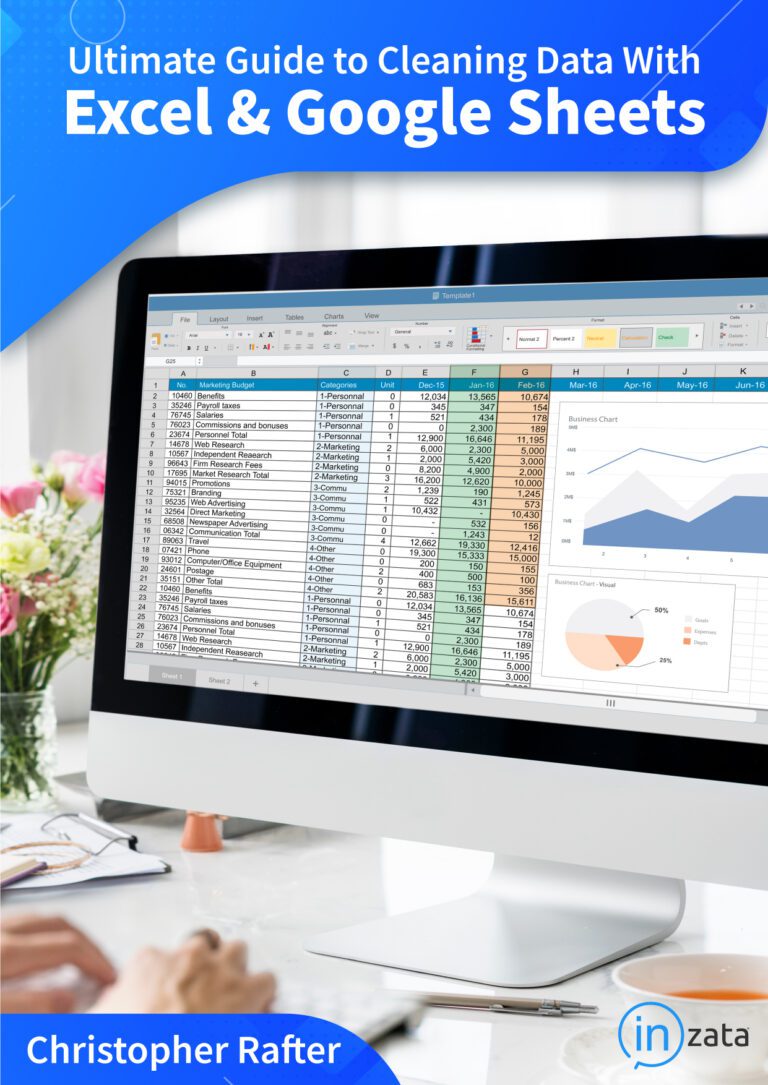As the combined use of technology becoming more prevalent in education, the volume of this data has been rapidly increasing along with it. States collect information regarding learning, testing, and demographics from hundreds of students and schools each year. But how exactly are school districts supposed to use all of this data?
To explore how data analytics is transforming primary education, let’s take a look at how it’s currently being used to enhance the key variables of student achievement.
Why Primary Education?
The mission of primary education is to provide students with foundational learning skills and to ultimately promote student success. Along with this mission, it’s also important to keep in mind that primary education consists of a student’s core developmental years. Their success here is critical in preparing them for their journey into secondary education and beyond.
If assessment and student success are not properly monitored at this stage, learning gaps can easily be overlooked. This can have a negative impact on their foundational learning as well as their future achievement outcomes.
How is Data Analytics Being Used in Education?
Data analytics tools help schools use their data to satisfy state-mandated accountability requirements and identify areas for internal improvement. One of the key functions of Big Data and analytics in education is measuring and providing insights for the various determinants of student achievement.
While many important factors go into a student’s performance, educators are working with data to improve assessments, ESSA status, and teaching effectiveness.
Assessments
Combining various sources of student assessment data helps teachers and administrators measure performance on multiple levels. Schools can set and monitor education goals for an entire school, a specific class, an individual student, or even by subject. Additionally, the use of these metrics goes beyond the tracking value to administrators. Making assessment and success metrics visible to students also opens up the possibility for students to develop skills in monitoring their individual learning.
Teaching Effectiveness
Teachers can use this collected data to gain a deeper understanding of how they should tailor future assignments or adapt their teaching style.
Comparing historical assessment data can assist teachers in identifying any possible learning gaps. These insights can then be used to evaluate the design of lesson planning and teaching methods. For instance, a teacher might decide to allocate more time to topics that students have historically struggled with or try a new instructional approach.
ESSA Status
The Every Student Succeeds Act, referred to as ESSA, requires that schools meet a certain degree of academic performance and assigns them a status based on the identified need for support. Accountability here is predominantly focused on the requirements for subgroups of students and other academic measures.
Data analytics empowers schools to convey the performance of these subgroups in real-time. This increases accessibility to measured criteria for both educators and administrators. Schools can then easily communicate this information to stakeholders to not only inform but also spark additional conversations regarding areas of needed improvement.


